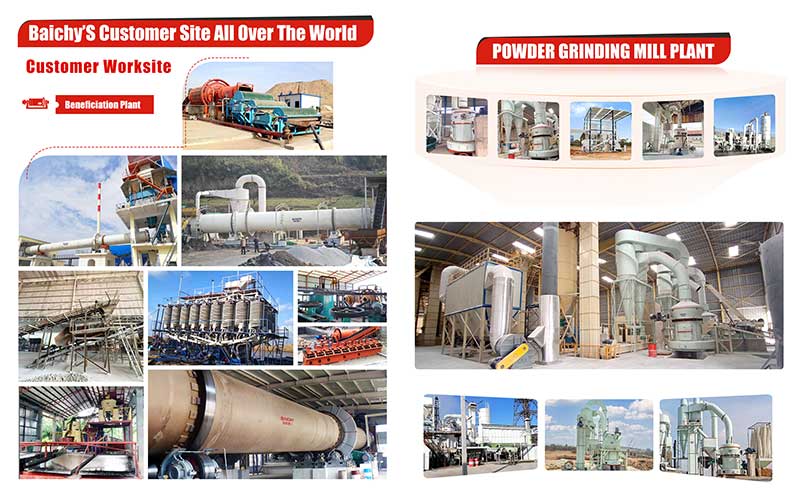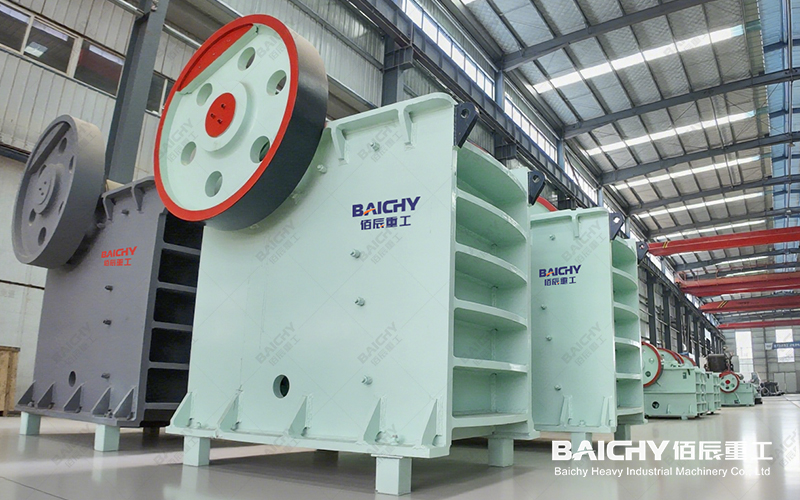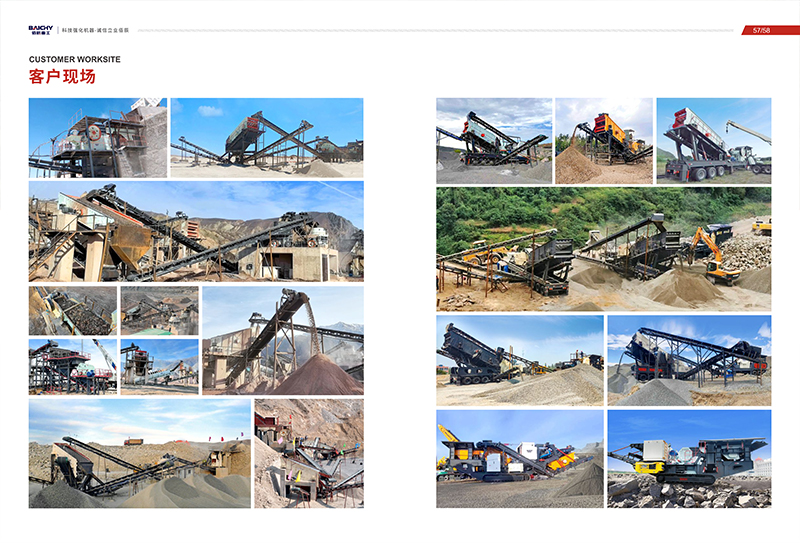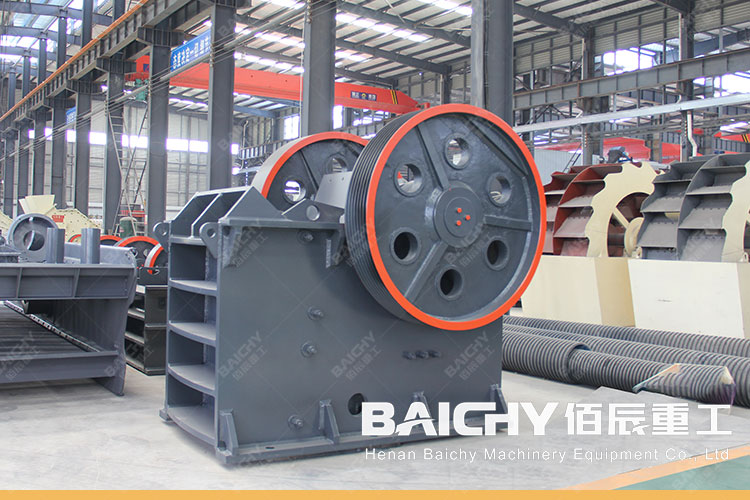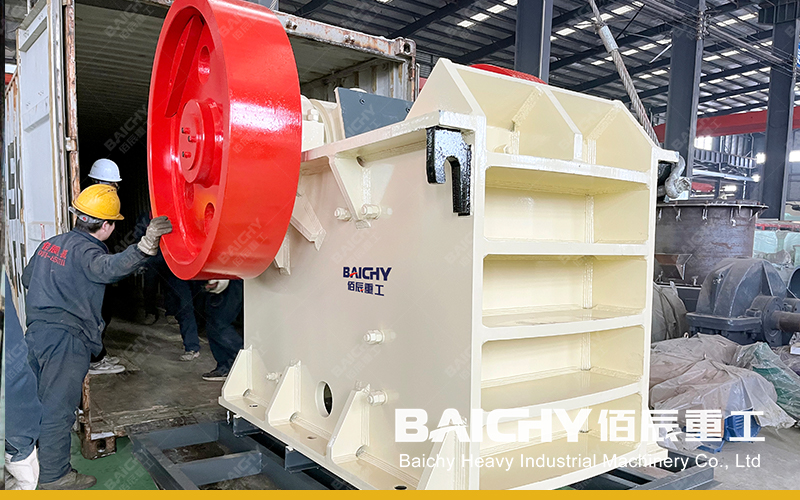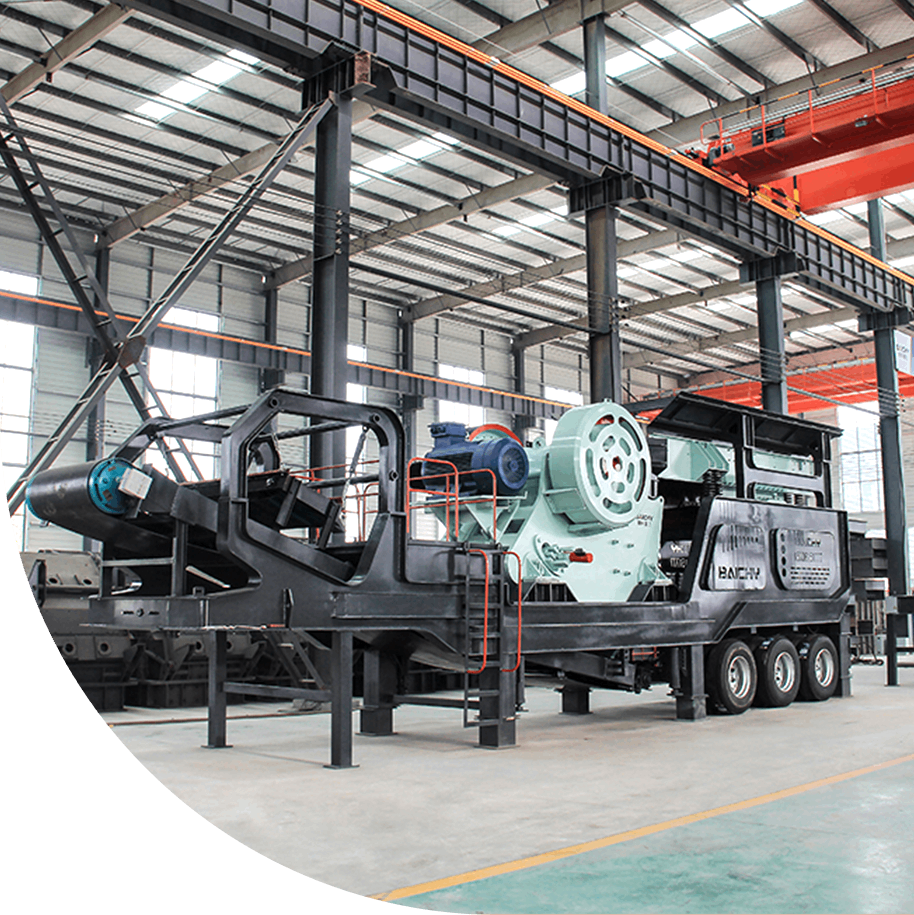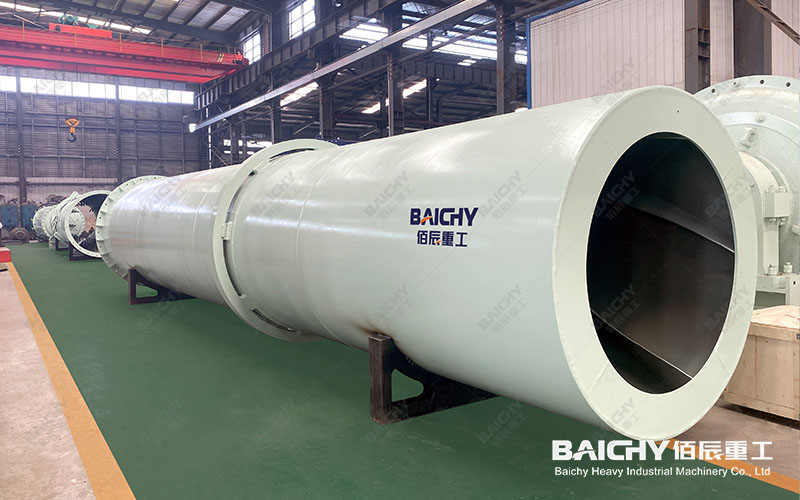
River sand is an indispensable raw material in the construction, building materials, and foundry industries. However, its naturally high moisture content (typically between 5% and 10%) can affect concrete mix accuracy and product quality. Traditional drying methods not only require large space and long cycles, but are also subject to weather constraints. The advent of single-drum dryers has revolutionized this situation—not just a simple drying device, but a technological hub for the efficient utilization of river sand resources.
I. Why is specialized river sand drying necessary?
River sand has fine particles, a large surface area, and contains clay impurities. Incomplete drying or uneven temperature application can easily lead to the following problems:
• Agglomeration: Localized overheating causes the sand surface to vitrify, trapping moisture within and forming a hard core.
• Heat-sensitive damage: High temperatures can damage the sand's physical structure, affecting its strength in concrete.
• Energy waste: Traditional equipment has a thermal efficiency of less than 40%, resulting in significant energy consumption in inefficient heating. Through precise temperature control and a material flow system, the single-drum dryer reduces wet river sand to the ideal moisture content (≤0.5%) while maintaining particle integrity.
II. Technical Breakthroughs of the Single-Drum Dryer
1. Counterflow Hot Air Design Enhances Heat Exchange
The equipment utilizes a countercurrent flow layout: wet sand enters from the upper end, while hot air is injected from the lower end. This design ensures:
• The wettest sand particles encounter low-temperature exhaust air (preventing sudden evaporation and cracking);
• The dry sand nearing the outlet encounters the hottest fresh air (deep dehydration).
Thermal efficiency is increased to over 65%, reducing fuel costs by 30% year-over-year.
2. Innovation in the Lifting System: Combined Lifting Technology
Segmented lifting plates (such as lifting, fan-shaped, and honeycomb types) are installed on the inner wall of the drum.
Through differentiated layouts, they achieve:
• Dense spiral lifting plates at the feed end accelerate material dispersion;
• Inclined lifting plates in the middle section prolong the time sand particles remain suspended in the air;
• Low-carbon steel honeycomb panels are used at the discharge end to increase thermal contact area.
This design creates a "rain curtain" of river sand falling within the drum, completely eliminating dead corners in the drying process.
3. Intelligent Temperature Control and Exhaust Gas Recirculation System
Infrared sensors monitor the temperature profile within the drum in real time and automatically adjust the burner output.
A portion of the exhaust gas, after dust removal, is returned to the heating furnace, achieving the following:
• Reducing the amount of cold air drawn into the hot air furnace, maintaining a stable furnace temperature;
• Lowering the oxygen content to prevent oxidation and discoloration of the iron in the sand;
• Reducing exhaust emissions to meet environmental requirements.
III. Innovative Scenarios in Practical Applications
Integrated "Drying-Screening-Cooling" Retrofit in the Philippines
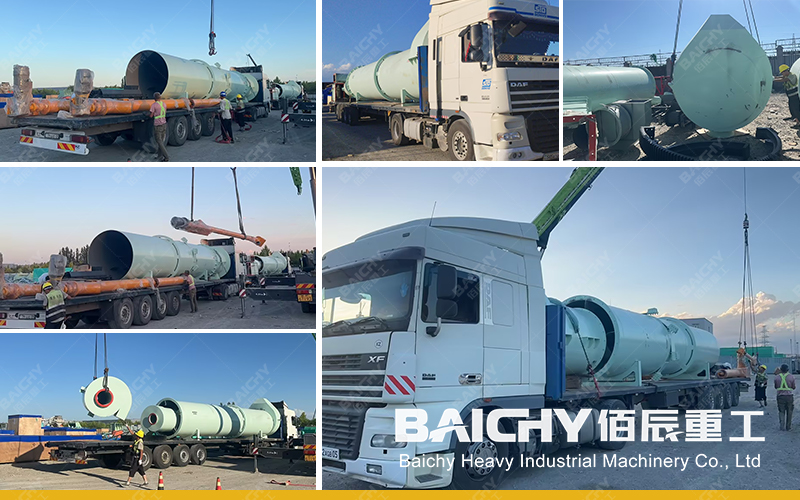
The customer connected a single-drum dryer in series with a vibrating screen and screw conveyor, with the outlet connected to a cyclone cooler. This achieved:
• Immediate cooling of hot sand to below 40°C after drying, allowing it to be directly packaged or fed into the mixing plant;
• Utilizing waste heat from cooling to preheat the incoming wet sand, reducing overall energy consumption by a further 18%;
• A screening module allows for real-time separation of fine or agglomerated sand particles, ensuring uniformity in the finished product.
IV. Future Outlook: Intelligent Iteration of Single-Drum Dryers
1. Digital Twin Control: 3D modeling simulates the movement of material within the drum, predicting blockage risks and automatically adjusting the speed.
2. New Energy Coupling: Incorporating a photovoltaic energy storage system, the dryer switches to electric heating during periods of abundant sunlight, reducing reliance on fossil fuels;
3. Expanded Material Adaptability: The same equipment can process a variety of materials, including sea sand, quartz sand, and slag, through parameter adjustment, achieving "multi-purpose use." The value of the single-drum dryer in river sand processing far exceeds conventional wisdom—it's not just a drying tool, but also a key component in refined resource management. By integrating thermodynamic optimization with intelligent control technologies, it will play an even more crucial role in the circular economy: maximizing the value of natural resources while protecting our environment.
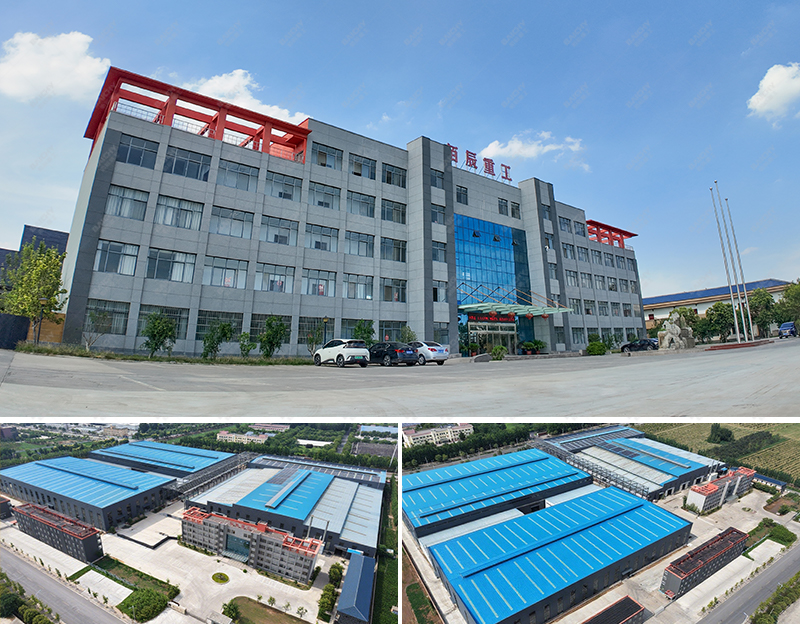
Baichy Heavy Industry – Your Trusted Partner for Seamless Equipment Operation
To ensure optimal performance of your equipment, Baichy Heavy Industry offers:
- Professional on-site installation guidance
- Comprehensive operator training
- 24/7 technical support & maintenance services
Our complete after-sales service system guarantees long-term, stable operation of your machinery with minimal downtime.
Protect Your Rights – Only Use Official Channels
To avoid scams and ensure authentic support, contact us exclusively through:
• Official Website: www.baichychina.com
• WhatsApp: +8615093222637
• Email: [email protected]
Your satisfaction is our priority – expect prompt, professional service every time.
(Note: Beware of unauthorized third parties claiming to represent Baichy. Always verify through official contacts.)
